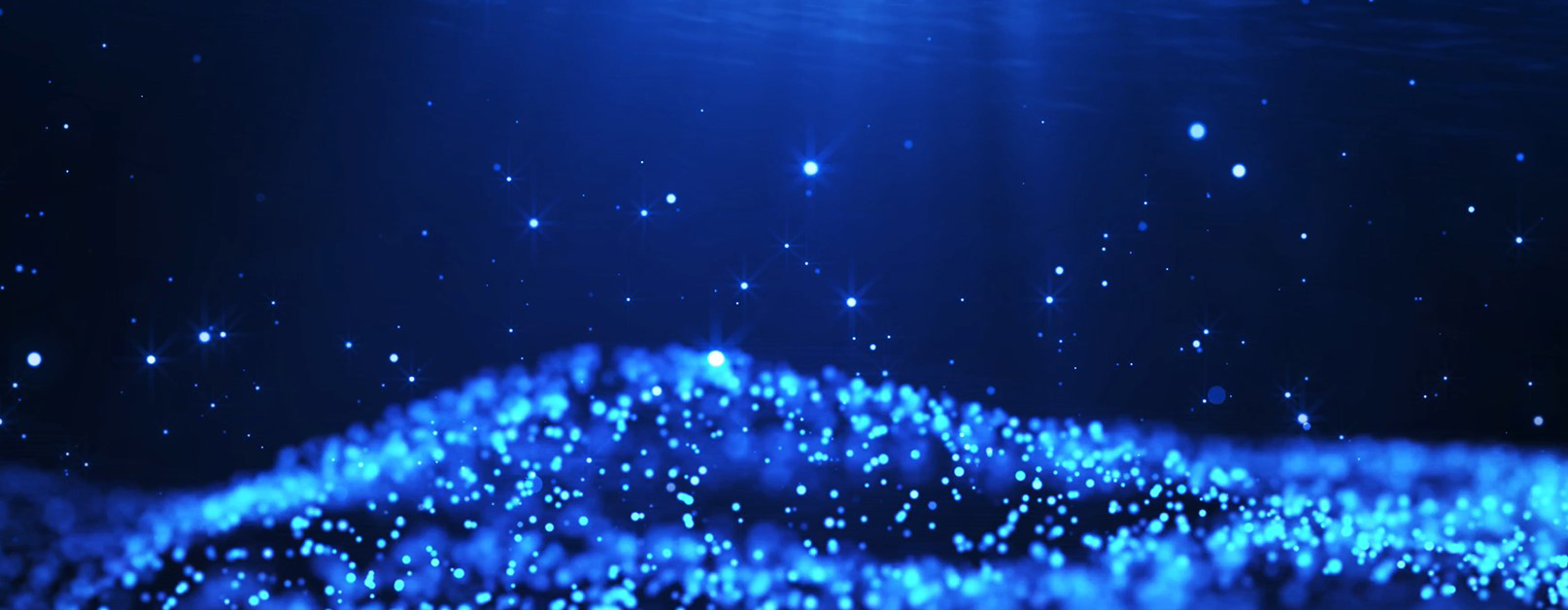

WHY CHITOSAN

Chitosan is found naturally in crustaceans, fungi and insects, the second abundant biopolymer on earth.
Chitosan has attracted much interest of researches and commercial uses as a result of its myriad properties. When the world is increasingly embracing sustainable and green developments in all industries, chitosan becomes a good choice.
Although it has drawbacks, the major drawback is that it is insoluble in neutral and basic solutions, which has limited its use in much conditions, that's why chitosan derivatives are developed. There are two ways to make derivatives, one is degradation into oligosaccharides, the other is synthesis with other ingredients to get a soluble compound, such as chitosan hydrochloride, chitosan lactate, carboxymethyl chitosan, etc.
WHAT CAN CHITOSAN DO?





